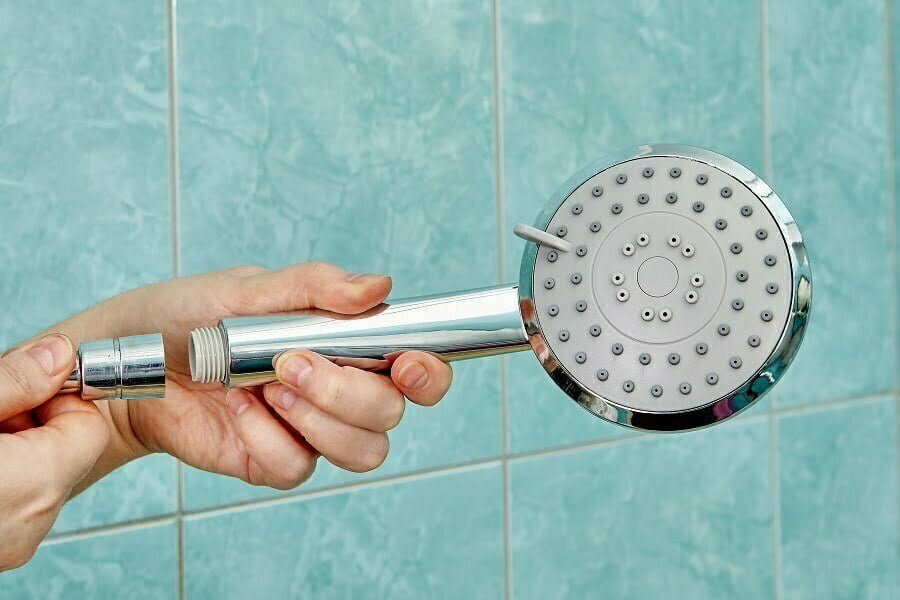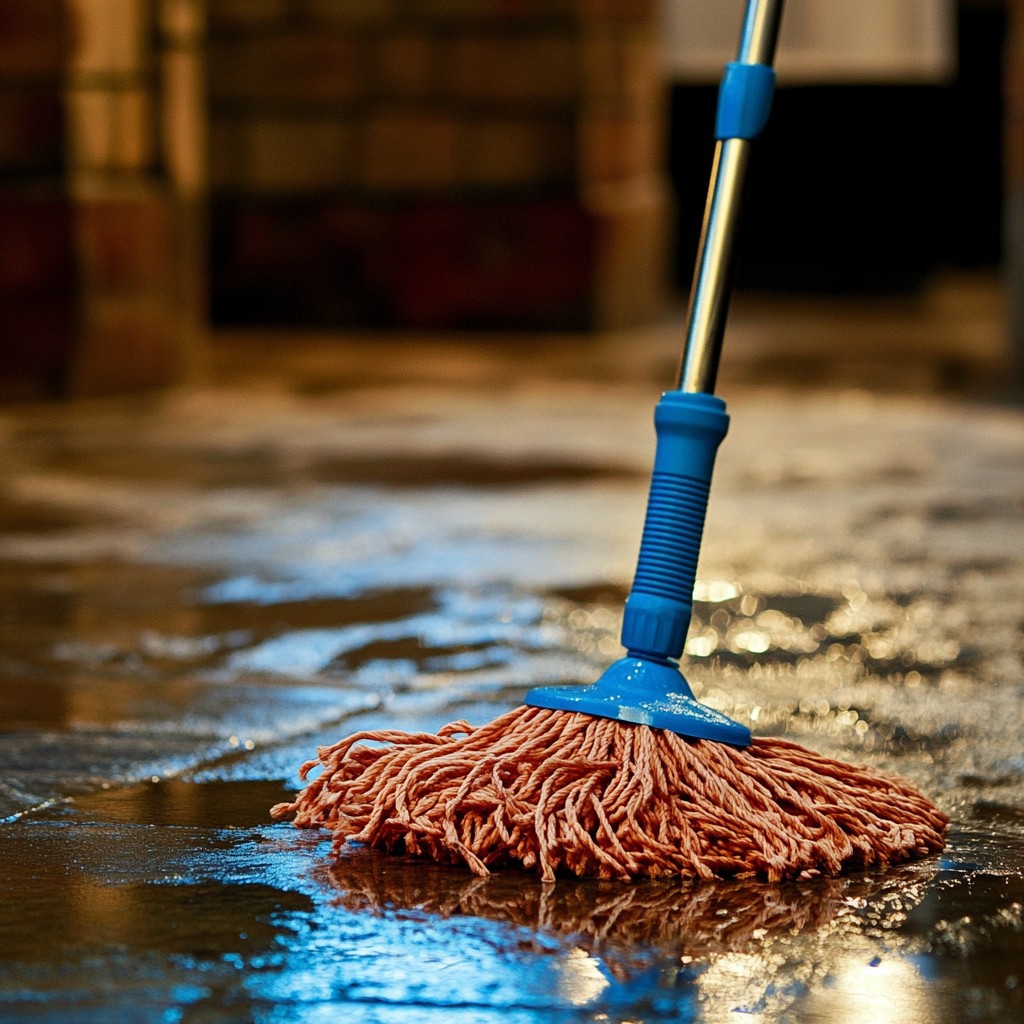Last updated on
The showerhead flows restrictor limits water flow rates, and it is designed to increase the showerhead’s water efficiency. Should you remove it to increase water flow?
If you have bought a new shower head or faucet lately, you might have noticed that the amount of water flowing through it is not as high.
Congress passed the Federal Energy Policy Act in 1992. According to it, all faucets and fixtures made in America must limit water flow to a maximum of 2.5 gallons per minute at 80 pounds per square inch or 2.2 GPM at 60 psi, whichever is higher.
The flow restrictor has a metal center and is usually plastic. It is located behind the metal screw-off part of the showerhead. They have open inserts close to their edge and can be different in color. The restrictor could be at the edge of the handle, behind the showerhead, or inside the top or bottom of the hose in a handheld showerhead. Your manufacturer’s shower manual may tell you where to find it.
What Does a Flow Restricted Shower Head Do?

A restricted shower head allows less pressure than an unrestricted one but still provides enough force to wash away dirt and grime. This type of showerhead also helps prevent scalding when used correctly.
A restricted showerhead works best when there is no soap present because the spray pattern becomes more focused. When soap is added to the mix, the stream of water breaks apart and spreads over a larger area. As a result, the water hits the surface harder and causes damage to the finish.
Restrictors help reduce the risk of burns caused by too much water hitting the skin. However, they don’t eliminate the possibility of getting burned since the water still flows freely around the body.
Restrictors are most effective when used properly. For example, make sure the nozzle isn’t turned all the way closed so that only a small opening remains. Also, keep the distance between yourself and the wall about two feet.
How to Remove the Restrictor Valve
Many showerheads are fitted to restrict water and save energy (most brands do this). It’s good news for your water usage and energy bills, but it could not be good for the showering. A restrictor slows down the flow of water from your shower. If you live in a home with bad water pressure, this makes things even worse.
If your showerhead does not come with instructions on how to remove the restrictor valve, here are some tips:
- Turn off water supply to the fixture.
- Unscrew the nut that holds the stem assembly into place (you may need to use a wrench). The stem should unscrew easily from its housing. If this doesn’t work, try using pliers to pry up on the stem while holding down the nut.
- Pull out the stem assembly (gasket and washer) by hand until the restrictor comes free. You may need to use a pair of needle nose pliers to pull it loose if it won’t budge.
- Once the restrictor is removed, turn the water back on and test for leaks.
If you can’t get the flow restrictor out with a paper clip, try using a screwdriver or needle-nose pliers.
The flow restrictors are often found near the end of the hoses attached to the showerheads. Check for them first when replacing an old showerhead.
Some manufacturers put the flow restrictor directly onto the showerhead itself. In these cases, look for the hole through which the hose goes.
When installing a new showerhead, make sure the holes in the flow restrictor line up correctly with those in the existing showerhead.
If the Restrictor is in the Handle
Disconnect the hose at the handle end first. Then unscrew the top half of the showerhead. The restrictor should come off easily.
If the Restrictor is in the Body of the Shower Head
First, unplug the power supply cord. Next, loosen the screws holding the body together. Once they’re loose enough, pull apart the halves of the showerhead. Now, gently lift the restrictor out.
If the Restrictor is in the Hose
Disconnect hoses: Disconnect both ends of the hose.
Unscrew restrictor: Unscrew the restrictor from the hose.
Replace restrictor: Follow step 3 above to reassemble the restrictor onto the hose.
Connect hoses: Connect the hose to the wall outlet first, then connect the hose to the showerhead.
FAQ
Most modern showers will include one. It’s usually installed right after the faucet. Look for a rubber cap over the pipe coming out of the wall. This is what restricts the amount of water going through the sprayer.
The answer depends on whether you want more control over the direction of the stream. Most people don’t care much about this feature because most showerheads already provide good coverage. However, if you like to experiment with different angles, then removing the restrictor might help.
No. A flow restrictor only controls the volume of water flowing through your shower head. There is no change in pressure.
You can buy replacement parts that allow you to adjust how much water flows through the showerhead. These parts are called “flow regulators.” They range in price depending on their complexity. For example, some models require drilling small holes in the side of the showerhead; others involve adding a piece of plastic tubing inside the showerhead.
Recap




